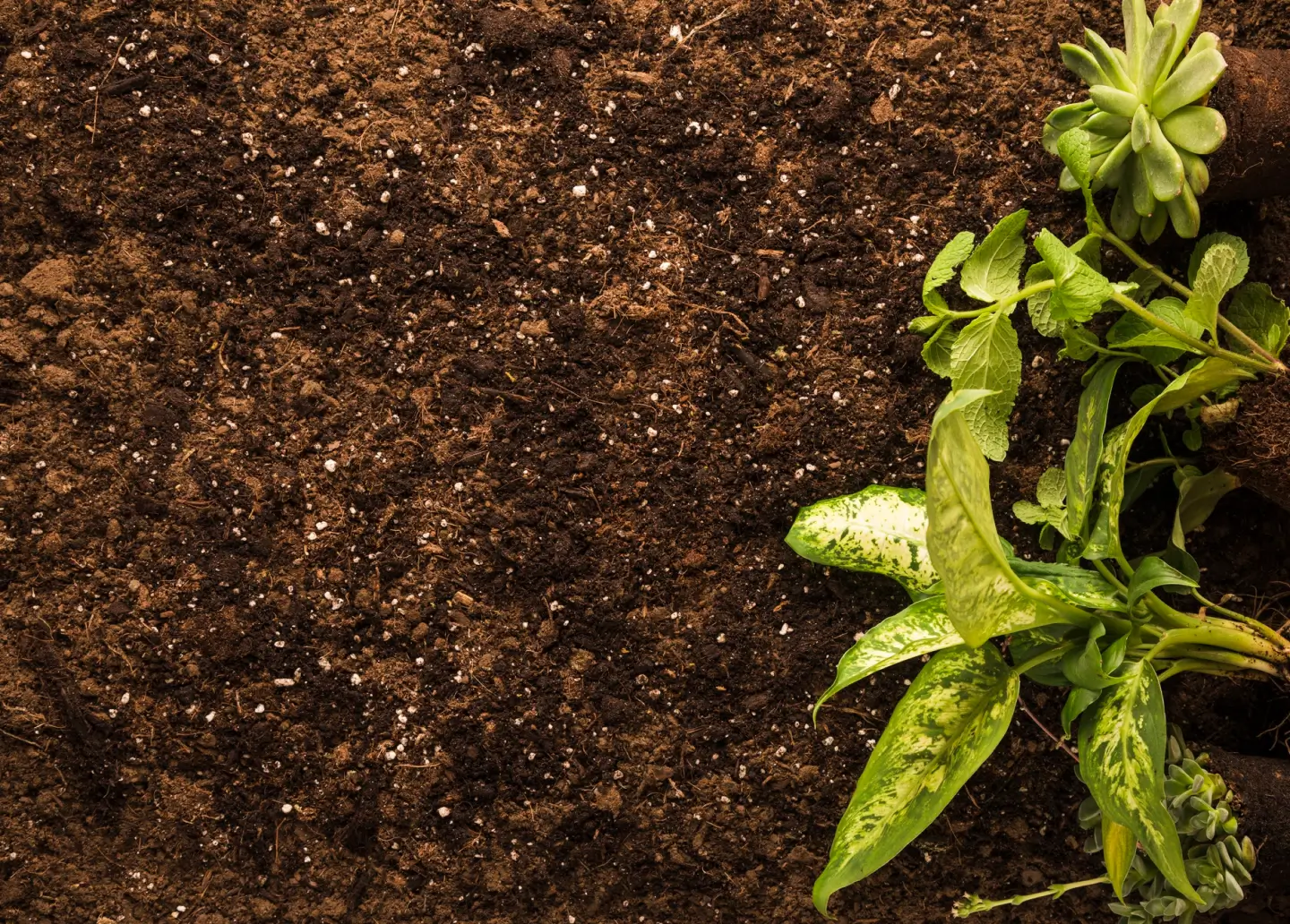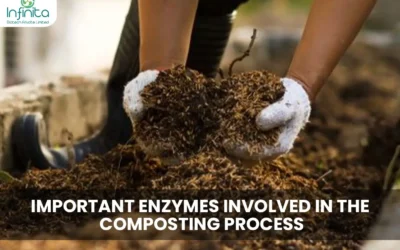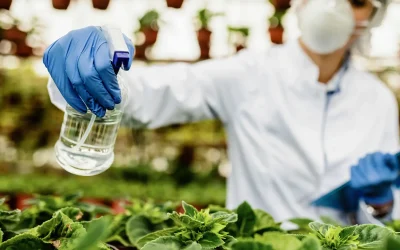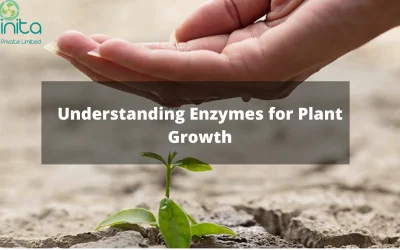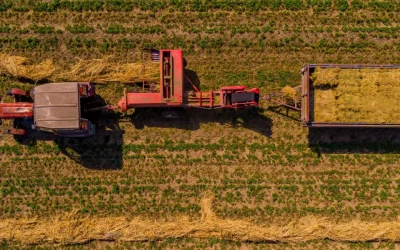3 Best Cannabis Oil Extraction Methods
In the field of Biotechnology, no stones are left unturned when it comes to research and formulation of a biologically-active enzyme and no industry or vertical is debarred of being under its microscope, not even Cannabis. While some of you may come to know the cannabis plant as a psychoactive drug, the plant Hemp, often used for varieties of cannabis cultivated for non-drug purposes one of which is extracting hemp-fibre, also termed as the most strong, sturdy and light-weight fibre with commendable tensile strength often used jute and textile industry. Today, the world knows hemp as the most sustainable fabric material for premium clothing lines and brands, which is why cannabis cultivation has had everybody’s attention to the extent that the UN Narcotics senate ambushed enterprises, promoting hemp production that purportedly breeds cannabis strains that result in minimal levels of Tetrahydrocannabinol [THC], the key psychoactive constituent responsible for the after-effects of marijuana intoxication or simply put; sending you on a trip.
However, the cannabis plant is also known for its over 113 other isolated cannabinoids other than THC of which Cannabidiol [CBD] is best known for its rich and furthermore potential medical applications, procured in cannabis oil extraction. While the plant is indigenous to Central Asia and the Indian Subcontinent, records purportedly dates its origin and the medicinal knowledge of hemp extracts back to even before the Indian Vedic period [1500-BCE]. If one were to look at the molecular constituent structure of the plant under a compound microscope they would only understand why it has been carried down through millenniums which have witnessed countless societal restructuring to one we’re presently living in.
How And Who Does It Help?
Also known as cannabidiol, in case there are any wondering about its synonymity or acronymic abbreviation, CBD is a cannabinoid with anti-inflammatory, analgesic, and anxiolytic agents that are significant in our body’s biochemistry as it regulates the feeling of calmness in our brains which in turn eases the nervous system. They have also been cases where cannabis extracts were purportedly used to treat chronic pain and inflammation caused post-chemo treatment as well as seizures, spasms and more insomuch that cannabidiol is being viewed as a potential alternative to the opioid-synthesised pain management drugs that have been outrageously flooding the market for decades. Though there have been widely-circulated methods discussing CBD extractions that are possible to carry out even at home, however, medicinal use extraction for pharma-grade procuration is no home science cooking but serious chemistry, which means it involves skills, analytic methods with real equipment ensuring safety during the process which is infamously accident-prone. Moreover, these protocols are focused at eliminating impurities for extracting the most refined form of cannabis oil, ensuring consumption-safety of individuals and patients.
What Goes Into Procuring Hemp Or Cannabis Oil Extraction?
Pharma-grade cannabis oil extraction involves handling and introducing chemicals in meticulous proportions. While there are several common methods for carrying out an extraction procedure, most of them rely on solvents, thus streamlining our focus to alcohol and carbon-based alternative check out how to extract cannabis oil with the three most common cannabis oil extraction methods.
Alcohol-Based Extraction
The most commonly used alcohol-based solvent for cannabis oil extraction is ethanol. Ethanol possesses inherent polarity which enables it with the propensity to mix in water for dissolving chlorophyll-based molecules that are water-soluble. The plant matrix is submerged and soaked in ethanol and left that way for the desired duration. The liquid is later strained to remove any plant material and what remains is a consistent liquid mixture of alcohol and cannabis extracts which is then cautiously heated for evaporating the ethanol, which can be dangerous as ethanol is highly flammable. This particular extraction procedure exhibits the co-extraction of CBD and other compounds desirable compounds like Terpenoids, leaving no toxic residual behind and can be performed at normal atmospheric pressure under-regulated and controlled temperature conditions along with experience and cautious approach.
Butane And Propane-Based Extraction
This is the most controversial and accident-prone method without experienced and professional supervision. Butane-based cannabis extracts are also referred to as butane hash oil. Butane is most easily flammable in its gaseous state, which is why this method requires extra caution and air filtering apparatuses for avoiding instances like a gas explosion, furthermore, any residual butane in the final extract would be disastrous as butane is heavily toxic to humans. The extraction procedure would require pressurized heating systems with air-filtration units that regulate butane levels in the air and lastly refining circulators that extract and recycles butane residuals. With both the cannabis and liquid butane in the pressurised containment brewing carefully at a regulated temperature and controlled air pressure, separating butane becomes possible while heating it in vacuum condition which results in the evaporation of liquid butane. While the danger bit may give rise to apprehension, butane extraction is a popular method adopted by many harvesters of the extract, mostly because relatively the low-equipment factor goes easy on the budget. Furthermore, some producers apparently preferred propane as an alternative solvent. With the entire process still the same, the only difference is that the high pressure keeps the propane liquified as the evaporation occurs at a lower temperature, considering propane’s lower boiling point.
Critical CO2-Based Extraction
Though this is not the most cost-friendly option and can cost you a good amount of money for the high-end equipment, it is the most efficient and highly yieldful extraction method of all. While introducing the plant matrix to the solvent remains constant, the difference here is that the highly-pressurised and heat solvent is CO2-turned-supercritical or supercritical CO2, which means its states of existence is both liquid and gaseous, simultaneously. However, the process also enables the extraction of specific chemical concentrations and compounds in the cannabis simply by adjusting temperature, pressure and run-time in sequences or combinations. Moreover, CO2 extractions are also the safest and the most preferred method for medical-use extraction projects as there is no chance of solvent residual making its way to the final extract, given the process leaves behind CO2 residue post-extraction, it simply evaporates. Although CO2-based extracting system are heavy on investing, its later efficiencies and benefits are always rewarding. The post-extraction phase, where the extract is separated from the supercritical CO2, the CO2 then goes back into the condensing chamber, turned liquid and filtered for being used again. So, not a lot that is getting waste here so solvent disposal is out of the question plus, the low reagent usage makes the method economical from a long-term perspective.
